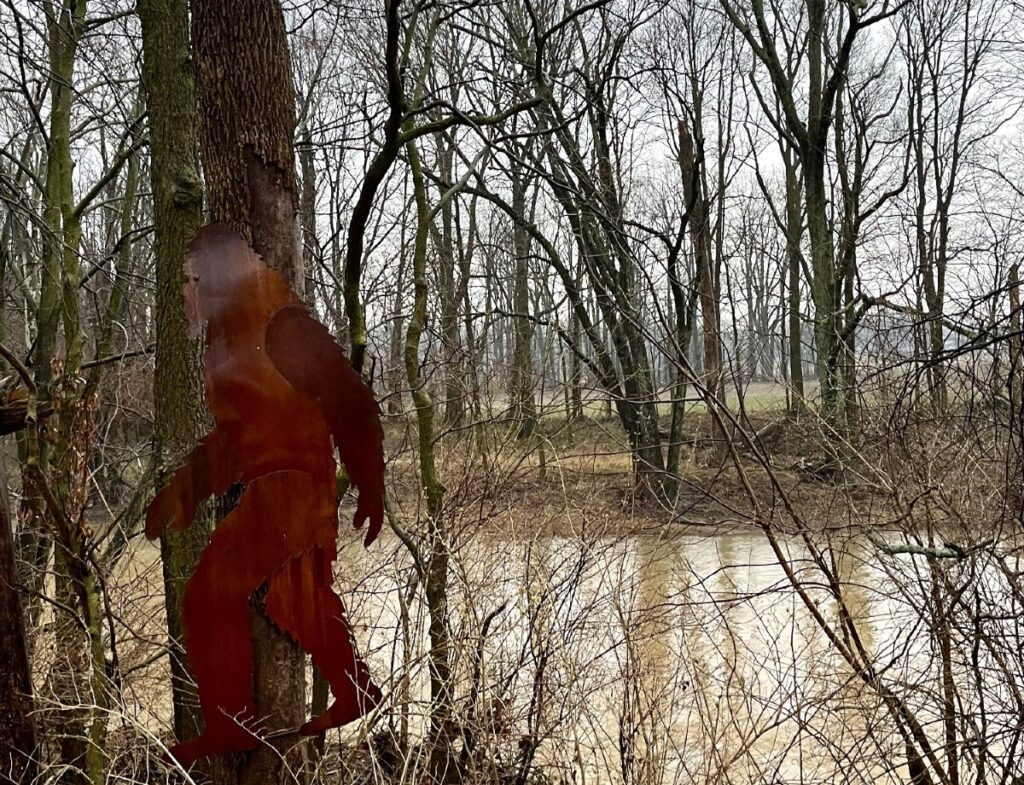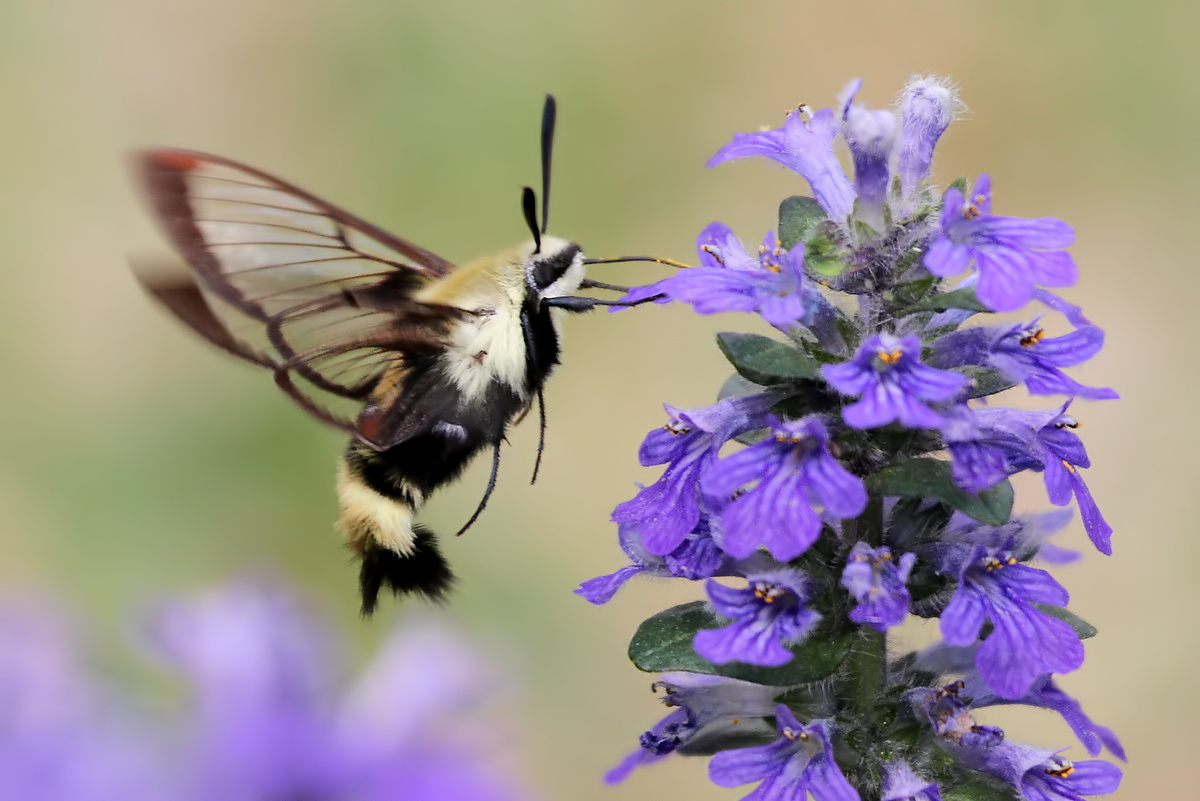A large bipedal ape-like creature was recently spotted along the Mississinewa River in northern Delaware County.
The animal was described to be larger than the average man, an estimated 8-9 feet tall, and appeared to be a rusty brown color. Descriptions of the creature closely resemble what other communities have designated a Sasquatch (Criptid magnumpedites).
Though known to inhabit the large forests of northern California, Oregon, and Washington, over the last 20 years, there have been increased sightings in states east of the Rockies, including Ohio, Illinois, and Michigan. Biologists are beginning to question if the creatures are now looking for habitat in Indiana.
Researchers speculate the heavy rains and extremely large snowfall in the West may be contributing to the migration of Sasquatch to the Midwest. The U.S. Forest Service reported the loss of suitable habitat as a primary cause of wildlife migrating from their historic ranges. This could be an indicator that one of America’s great wildlife legends is at risk.
“The recent rain and wet soil have made their [Sasquatches] unique tracks more apparent. We have received reports from neighbors that more than one Sasquatch may be in the area. From their tracks and scat, we believe there is a family group, including a male, female, and young. As a habitat restoration organization, we are thrilled to think they may be finding the resources needed to reproduce,” said Kelley V. Phillips, Outreach and Communications Manager for Red-tail Land Conservancy.
There have been sightings over the decades in Ohio of a large Sasquatch-like creature covered in grass instead of hair, dubbed Grassman. Biologists now wonder if the rust color of the Grassman is simply the winter coat of a Sasquatch. A seasonal coat would help with camouflage in the deciduous forests of Indiana and Ohio which become brown and leafless in winter.
Sasquatches are moderately migratory and require large tracts of forests to find enough food and ensure genetic biodiversity during mating season. “We aren’t surprised to hear reports of them along the Mississinewa River,” said Julie Borgmann, Executive Director of Red-tail. “The river connects two rich forests– Ginn Woods, a Ball State Field Station in northern Delaware County, and McVey Memorial Forest, a nature preserve in northern Randolph County. Ensuring the Mississinewa River and surrounding natural areas are protected is critical for the movement of many wildlife species, not just the Sasquatch.”
Sightings of rare wildlife can create curiosity and often do more harm than good when people want to get a closer look. To date, there have been no reports of the Sasquatch harming livestock or people. Like other larger mammals, we should be able to coexist safely with these creatures. To safely explore the outdoors and protect wildlife it’s best to follow these simple rules:
- Plan ahead
- Dispose of waste and trash properly
- Stay on the trail
- Leave what you find, take only photographs
- Respect wildlife
- Be considerate of others
“With the increasing support of preserving and restoring critical natural areas, we hope to see more wildlife return to their historic habitat. Red-tail will continue to monitor Sasquatches in our area but expect they will cause no impact on our native ecosystems,” said Borgmann.
“This is a great opportunity for Hoosiers to celebrate. Natural areas that can support wildlife are a result of our community’s commitment to land conservation. It’s a win for Indiana, a win for nature, and a win for Sasquatches.”
(April fools!)
Julie Borgmann is the Executive Director of Red-tail Land Conservancy. Her passion is preserving habitats where people and wildlife can thrive.




